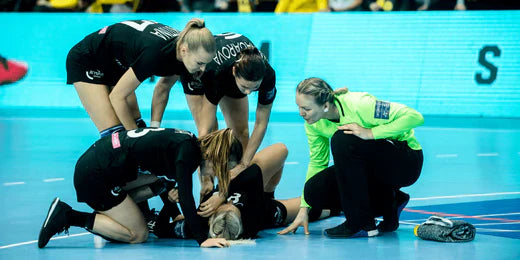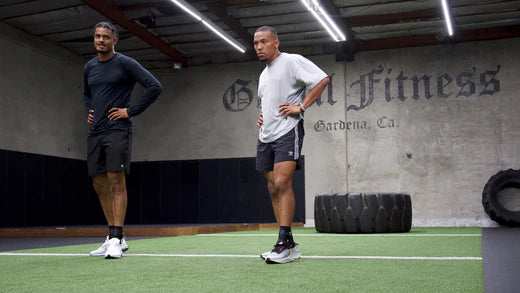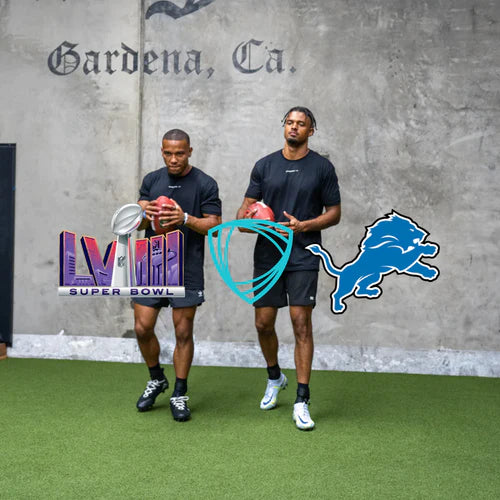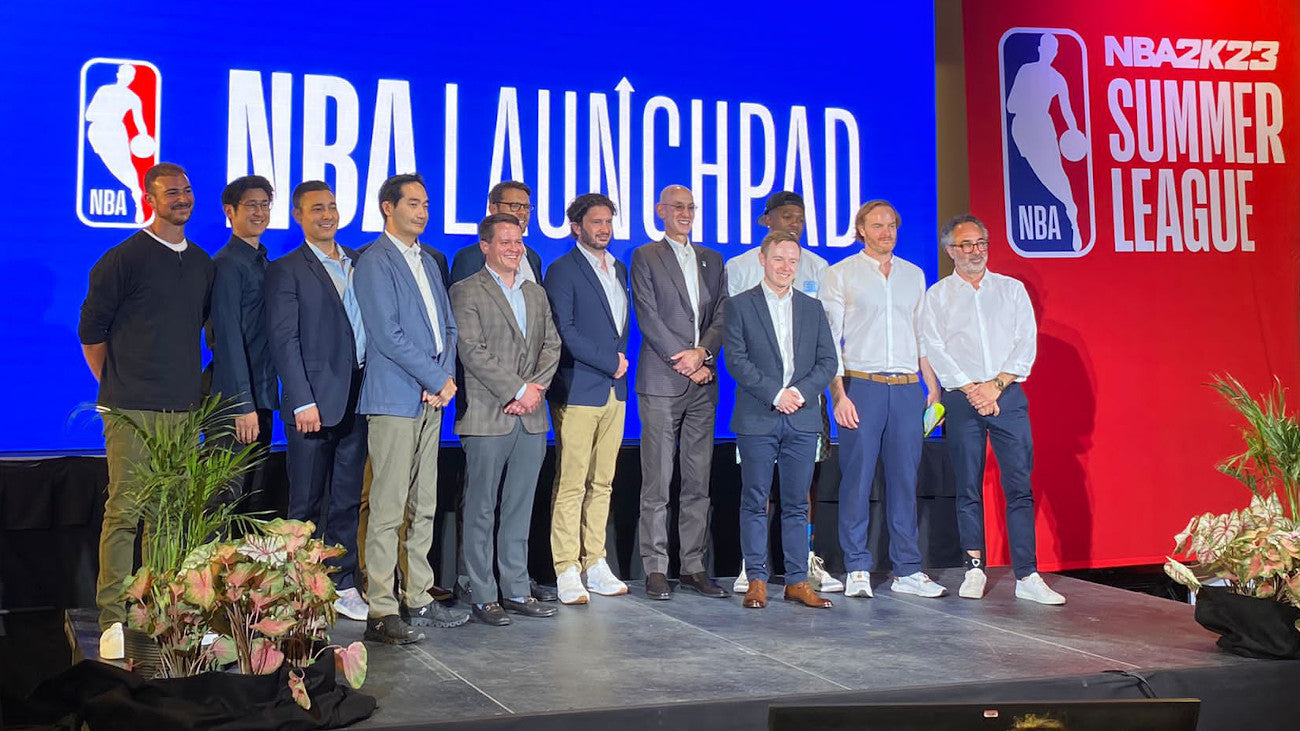Handball, injuries and downtime somehow belong together. In any case, you get this impression if you take a closer look at the injury statistics of different sports. Ankle injuries in particular are very common here. In some cases, this is accompanied by a long period of downtime and suffering.
Statistics confirm: handball is a very injury-prone sport
Alongside football, handball is one of the most accident-prone sports for both women and men. This has far-reaching consequences. Statistically, teams with fewer injuries sometimes perform significantly better in their respective competitions. For the players affected, an injury is always associated with the risk of it becoming chronic, and recurrent.
In addition, the risk of injuring yourself again in the same part of the body increases. According to the VBG Sports Report 2021, 80 percent of athletes get injured again within a year. The ankle joint is affected most frequently, accounting for 14 percent of all handball injuries.
In the Handball Bundesliga 2019/2020, 70.2 percent of the players deployed were injured at least once during the season. Overall, there was an average of 13.9 days of injury-related downtime per competitive game.
In the second handball league it was 20.1 days. Around 55 percent of all injuries were sustained by players during training. The remaining 45 percent is accounted for by those occuring during competition. However, only 20 percent of all handball injuries result from foul play.
What are the injuries in handball, and how often do they occur?
The most common diagnosis was an ankle sprain. In many cases, the ligaments or joint capsule in the ankle were sprained. Such an injury in handball is usually accompanied by limited mobility, swelling, the formation of a hematoma (bruise) and severe pain. Most injuries of this type happen during training.
In contrast, a bruise (contusion) of the knee joint occurred most frequently during competition. In addition to the ankle and knee joints, the thighs and shoulders are most commonly affected by injuries. Broken bones and injuries due to impact and impact injuries also appear comparatively often in the handball injury statistics. The vast majority of handball injuries turn out to be minor injuries.
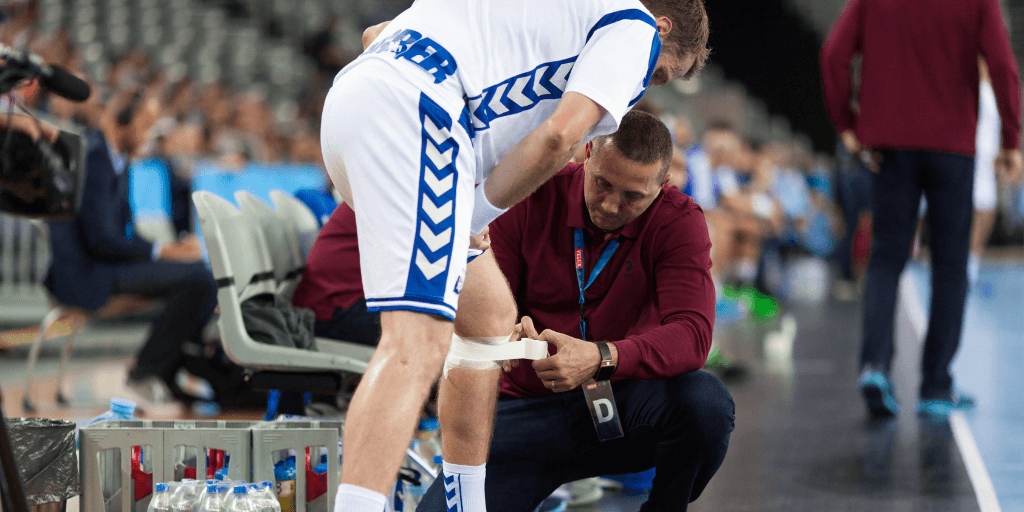
However, if serious injuries and long-term impairments occur, this mainly affects the ankle. Prominent victims of severe ankle injuries include Norwegian handball star Sander Sagosen (THW Kiel) and young professional Nils Lichtlein (Füchse Berlin). Defender Kevin Struck, who also used to play for Füchse Berlin, was also affected. Kevin suffered from the consequences of his ankle injury for half a year.
This is how ankle injuries occur in handball
We worked with the orthopedist and sports medicine specialist Dr. Lukas and asked: How do handball injuries happen? What is the best way to treat these injuries and are there ways to prevent them? He has been in charge of professional teams in handball, football and basketball for 20 years. The diagnosis and treatment of ankle injuries is one of the most common scenarios for him.
"Ankle injuries usually result from twisting movements," he explains. “The lateral ligaments are usually stretched. In some cases, they tear completely."
This is due to the fact that the muscles are not able to intervene in time to stabilize the ankle, which is usually very fast." The consequence of this is that the lateral ligament is stretched or torn (supination trauma).
Most injuries of this type result from an uncontrolled landing, for example after a jump shot. Landing on an opponent's foot also represents a potential source of danger. Lukas: "For an uncontrolled landing on your feet, it's enough if there is indirect or direct contact with the opponent in the air. In my experience, this causes around 80 percent of ankle injuries. But sudden changes in direction are always a risk factor."
The Betterguard Effect: Innovative sports bandage for prevention and rehabilitation
However, our innovative Betterguards technology in the form of a bandage as adaptive joint protection can help you to compensate for this instability if the worst comes to the worst. But not only that: You can use them preventively to prevent ankle strains and sprains or at least to reduce the extent. The BetterGuard is equipped with an intelligent mini-piston that is activated during critical movements for stabilization. What this means for you: With this special sports bandage, you have an effective means of preventing and rehabilitating ankle injuries at hand.

